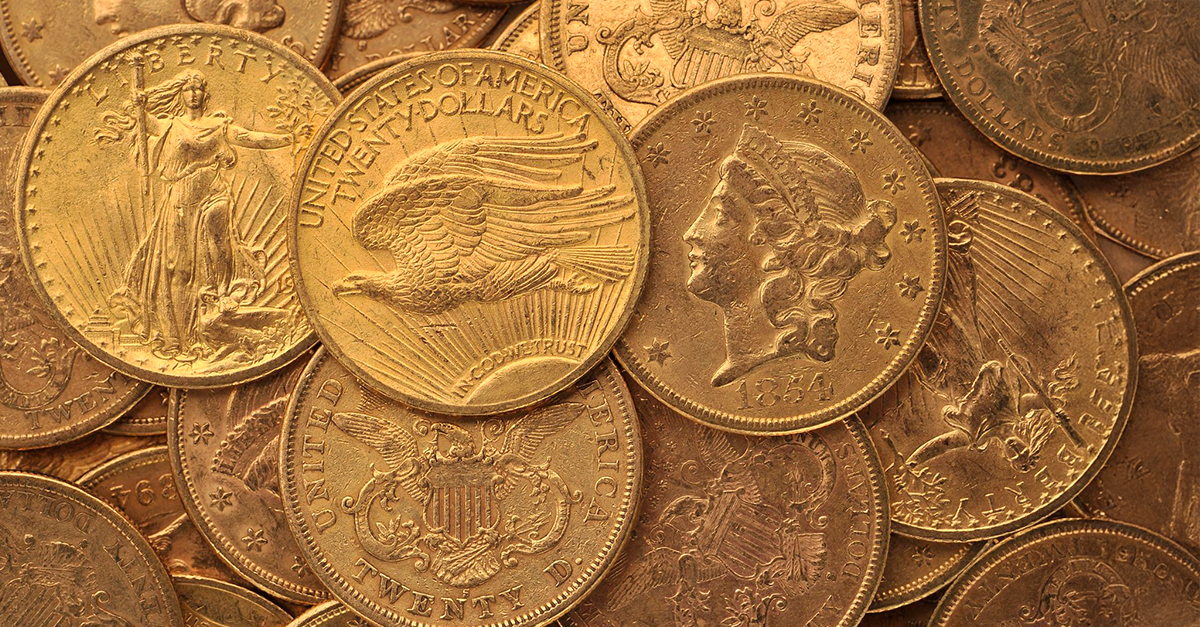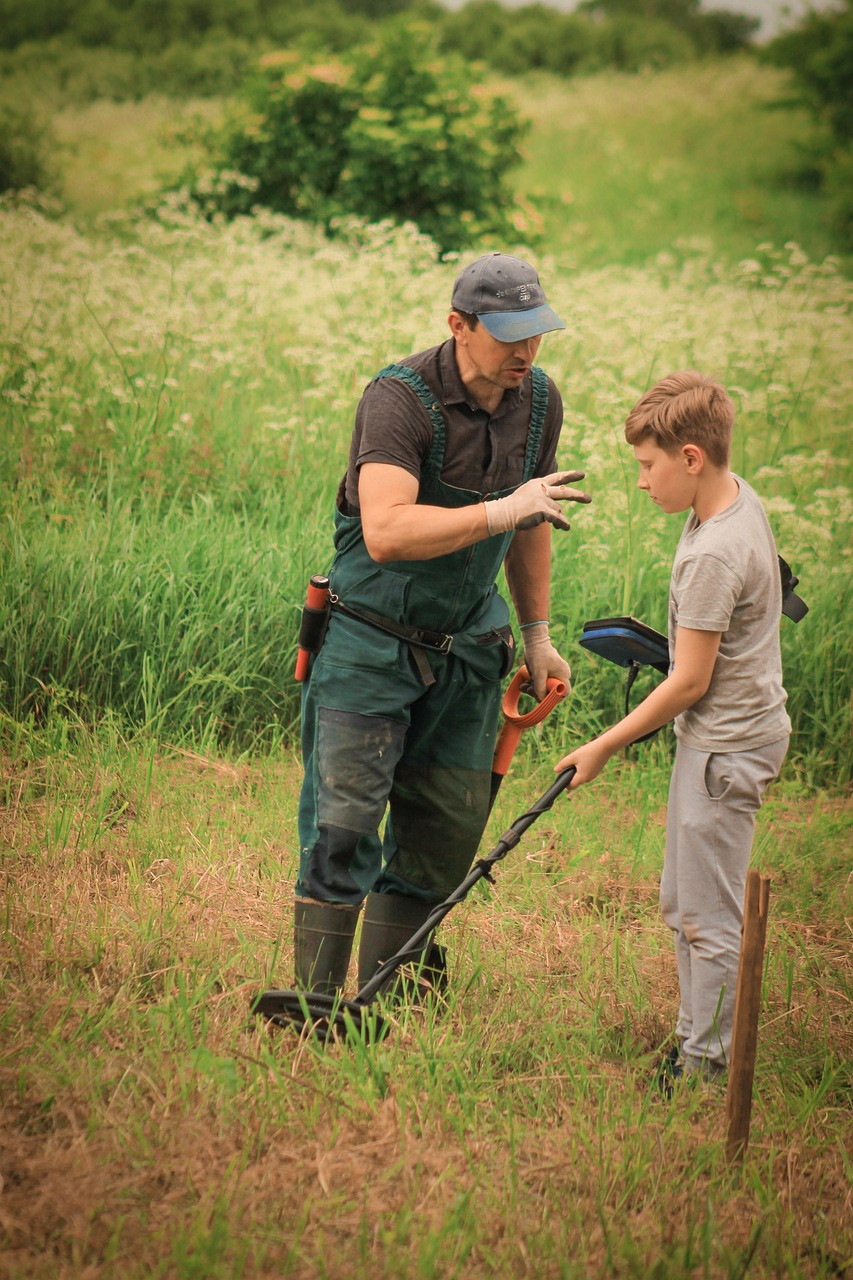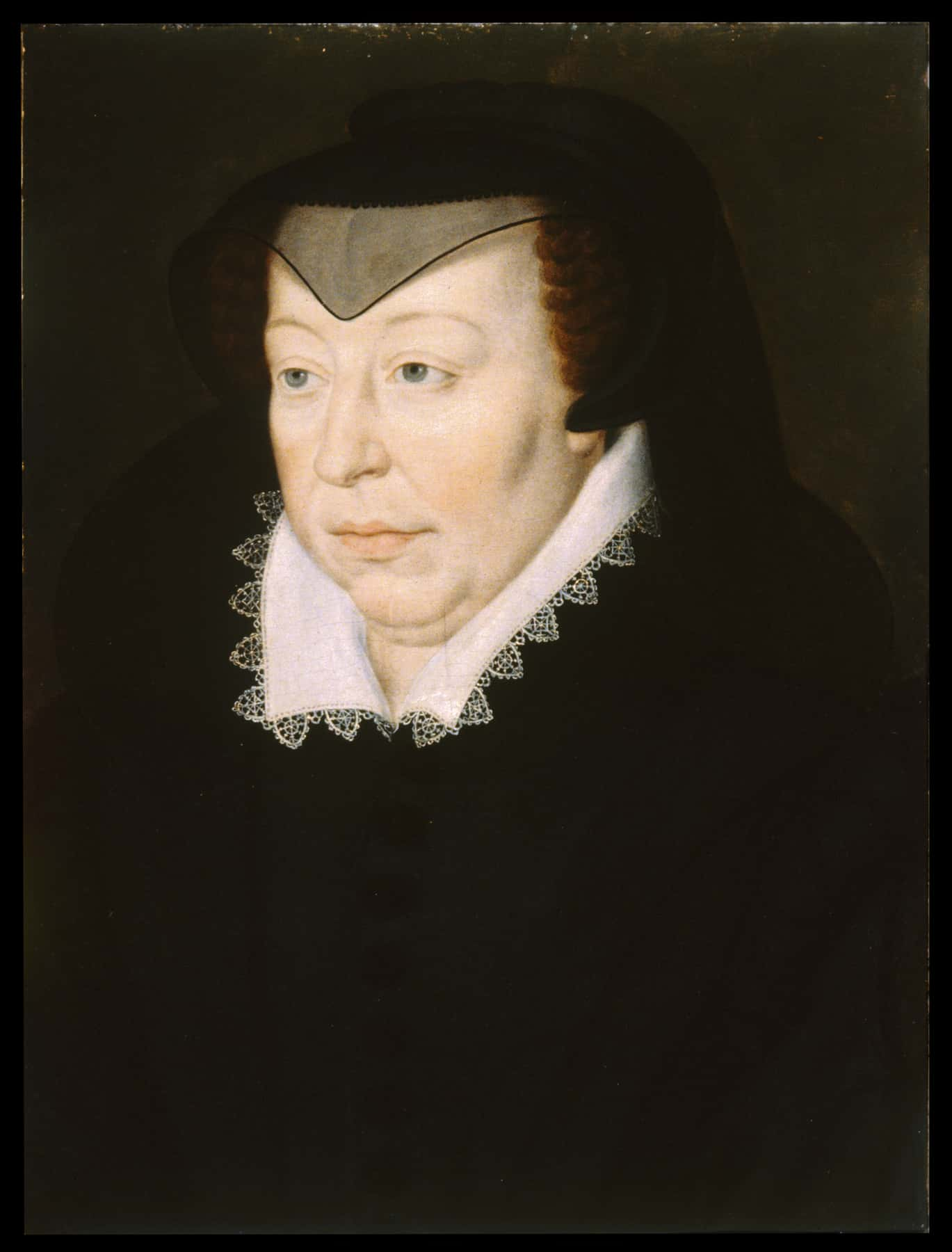A normal workday in a Kentucky cornfield turned into a moment of breathtaking discovery. In the summer of 2023, a local farmer tilling his land stumbled on what would become one of the biggest troves of Civil War gold coins ever found: over 700 coins in all, buried in the soil for more than 160 years.
Gold From A Divided Nation
The hoard dates back to the 1860s, the height of the American Civil War. The coins—mostly $1, $10, and $20 Liberty Head gold pieces—carry mint marks from Philadelphia, New Orleans, and San Francisco. Each tells a story of economic anxiety, regional tension, and personal desperation in a nation torn apart by conflict.
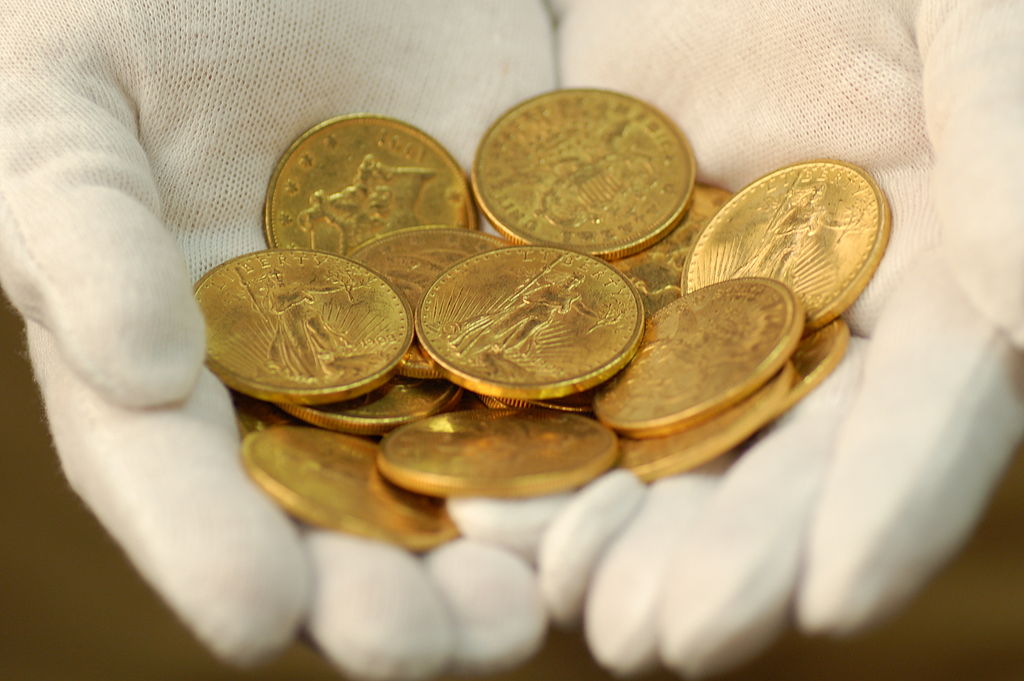 Portable Antiquities Scheme, CC BY-SA 2.0, Wikimedia Commons
Portable Antiquities Scheme, CC BY-SA 2.0, Wikimedia Commons
A Mystery In The Dirt
There were no documents found with the coins, so historians have yet to determine who buried them. Theories range from a Confederate sympathizer hiding his money from Union forces, to a wealthy landowner stashing gold to avoid the collapse of paper currency. The exact reason is still shrouded in mystery, deepening the fascination surrounding the find.
A Rare Glimpse Into The Past
Coin collectors and historians raved about the Kentucky hoard as one of the greatest finds ever. Many of the coins are in mint or near-mint condition, protected by the clay-rich soil. Some of the coins have rare dates or errors that dramatically increase their value, making this find not only historically valuable but financially lucrative.
Why Kentucky?
Kentucky, a border state during the Civil War, saw fierce internal division between Union and Confederate sympathizers. Skirmishes, raids, and troops on the march were common, and locals often took extraordinary measures to protect their wealth. It wasn't uncommon for people to bury coins, jewelry, and other valuables, especially when banks were seen as unsafe.
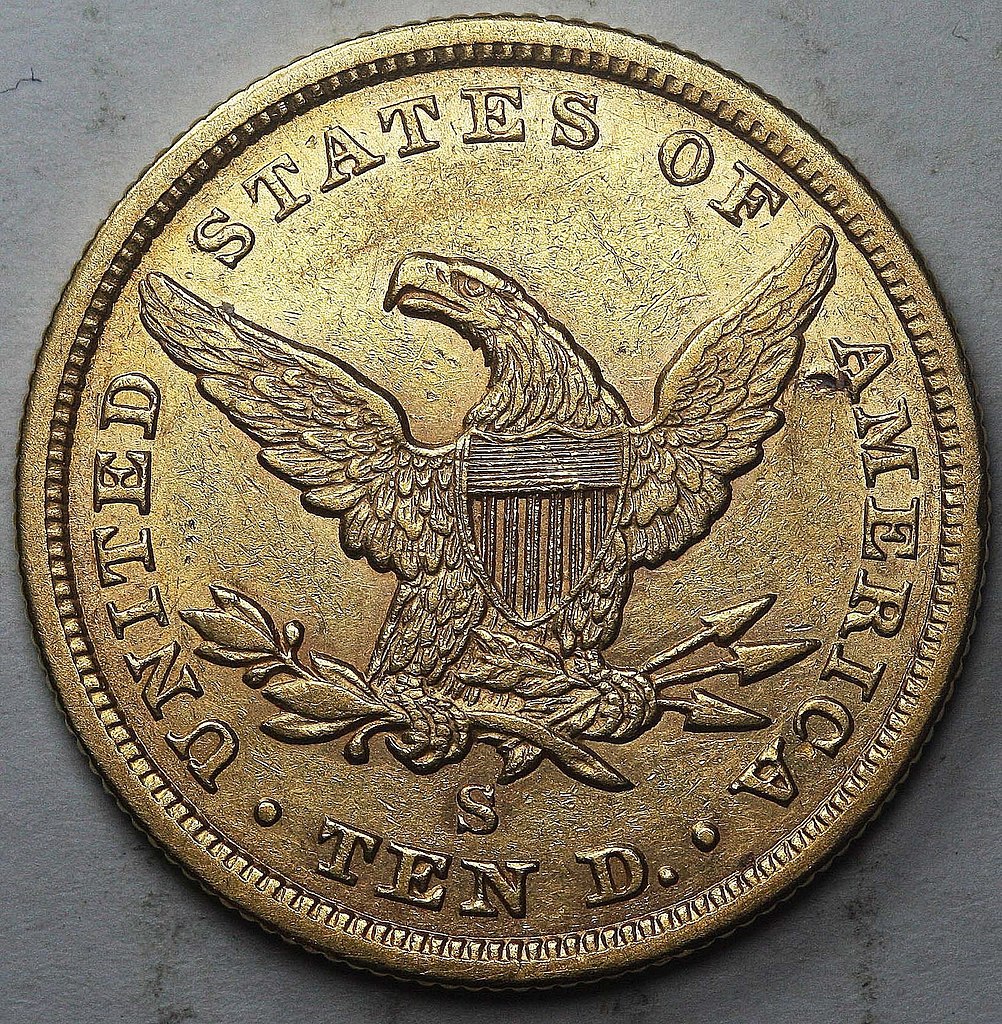 Christian Gobrecht. Image by Lost Dutchman Rare Coins, Wikimedia Commons
Christian Gobrecht. Image by Lost Dutchman Rare Coins, Wikimedia Commons
A Farmer’s Windfall
The farmer who found the treasure trove chose to remain anonymous, citing privacy and security concerns. He contacted local authorities and a team of archaeologists, who helped document the find. With legal clearance, the coins were then consigned to a major auction house, drawing attention from collectors and Civil War buffs all across the country.
Auction Block Bonanza
Within weeks, the coins were cataloged and listed for auction. Some of the rarest pieces fetched six figures, with a few bidding wars erupting between eager buyers. Experts estimate the total haul could exceed $2 million, depending on the condition and historical significance of each coin. The farmer, of course, is entitled to the lion’s share of the proceeds.
Preserving A National Treasure
Not all the coins will end up in private collections. Several were donated to museums, including the American Numismatic Association and the Kentucky Historical Society. These institutions hope to use the coins to educate the public about not only gold coinage, but the economic realities and uncertainties of life during the Civil War.
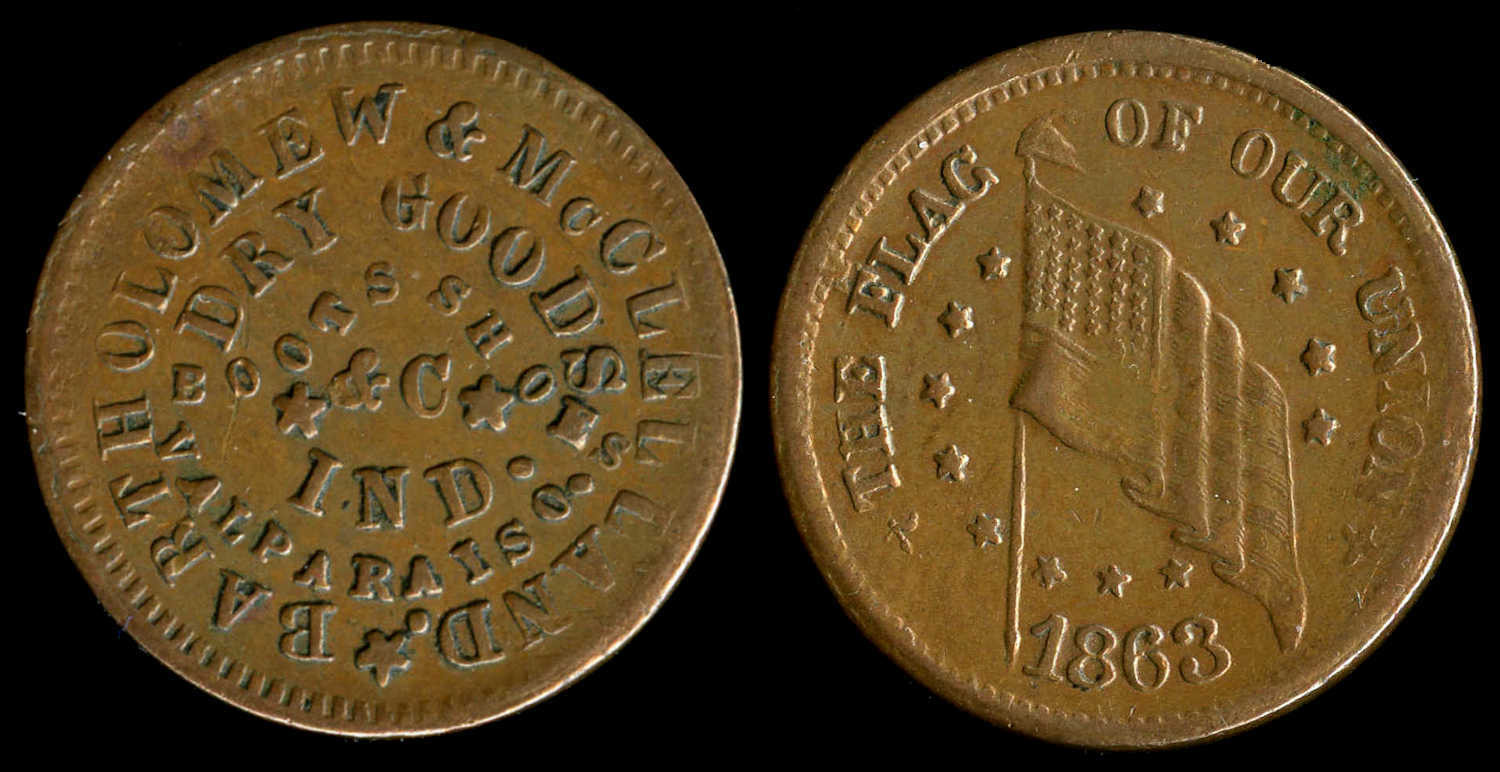 Steve Shook from Moscow, Idaho, USA, Wikimedia Commons
Steve Shook from Moscow, Idaho, USA, Wikimedia Commons
Legal And Ethical Implications
The discovery sparked questions about treasure laws and property rights. In the United States, the legal ownership of buried treasure often depends on state law, the location of the find, and if it can be traced back to a known individual or estate. In this case, because it was found on private property and had no identifiable owner, the farmer was granted full ownership.
A Reminder Of Civil War Turmoil
This hoard speaks to the financial insecurity and fear that gripped Americans during the Civil War. Gold was hoarded as a hedge against inflation and uncertainty, especially when Confederate and even Union paper currency fluctuated wildly in value. For some, burying gold was a last line of defense against going totally broke.

History's most fascinating stories and darkest secrets, delivered to your inbox daily.
Speculation And Legend
The find has already sparked local legends. Was the hoard part of a larger cache of loot? Did someone die before they could retrieve it? Was it connected to Confederate gold rumored to be scattered across the South? With so many coins and so little context, the possibilities seem endless, as treasure hunters scour the area for new discoveries.
A Piece Of History Recovered
In a single plowed field, history emerged from the dirt in glittering form. The Kentucky gold coin hoard is a treasure, and a snapshot of a nation at war with itself. Thanks to one unexpected discovery, we are reminded of how much the earth still holds in silence—and the dream that every man harbors of one day finding buried treasure.
You May Also Like:
21 Facts about Pieces of Lost History
Facts About Ancient Archaeological Discoveries
Honorable Facts About Abraham Lincoln, America’s Most Tragic President

